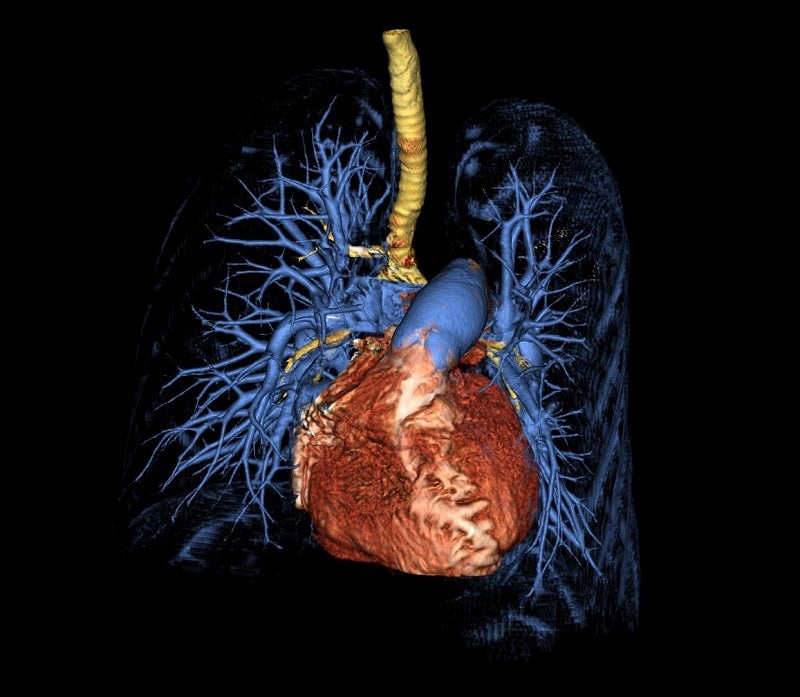
Researchers at the National Institutes of Health (NIH) have found a new blood test for evaluating disease severity in pulmonary arterial hypertension (PAH) patients.
The test quantifies the DNA fragments, known as cell-free DNA, released by damaged cells.
These fragments were found to be high in the blood of PAH patients and increased with the severity of the disease.
The blood test for PAH patients is expected to allow healthcare providers to act quickly to prevent or slow disease progression and save lives.
The researchers noted that the new test outperformed compared to conventional diagnostics in early clinical studies.
NIH stated that the existing tests used to monitor the severity of PAH depend on known risk prediction scores based on clinical symptoms as well as invasive catheter use to measure lung pressure.
How well do you really know your competitors?
Access the most comprehensive Company Profiles on the market, powered by GlobalData. Save hours of research. Gain competitive edge.

Thank you!
Your download email will arrive shortly
Not ready to buy yet? Download a free sample
We are confident about the unique quality of our Company Profiles. However, we want you to make the most beneficial decision for your business, so we offer a free sample that you can download by submitting the below form
By GlobalDataUsing echocardiography, or heart imaging, doctors measure pressures in the heart and use it as an indirect measurement of pressures in the lungs, but these tests lack sensitivity and reliability.
NIH Clinical Center Pulmonary Arterial Hypertension Section co-director Michael Solomon said: “Researchers have been actively searching for novel, less-invasive approaches to evaluate PAH severity, disease progression and response to therapy for more than a decade.
“These cell-free DNA analyses represent progress toward that goal.”
In the study, the research team evaluated cell-free DNA obtained from blood samples collected from 209 adult patients, mostly women, who were diagnosed with PAH at two major medical centres in the US.
The results were compared with the cell-free DNA obtained from 48 volunteers without PAH at the NIH Clinical Center.
The researchers discovered that the cell-free DNA increased in PAH patients and that concentrations rose proportionately to the disease severity.
It was also found that the patients with the highest level of cell-free DNA had a 3.8 times higher risk of death or need for a lung transplant than patients with the lowest levels.
Additional evaluation of cell-free DNA samples showed that PAH affected a variety of tissue types, including the fat tissue, heart, blood vessels and inflammatory cells flowing in the blood.
Using the new test, researchers can more precisely identify the specific tissues involved in the PAH disease process.



